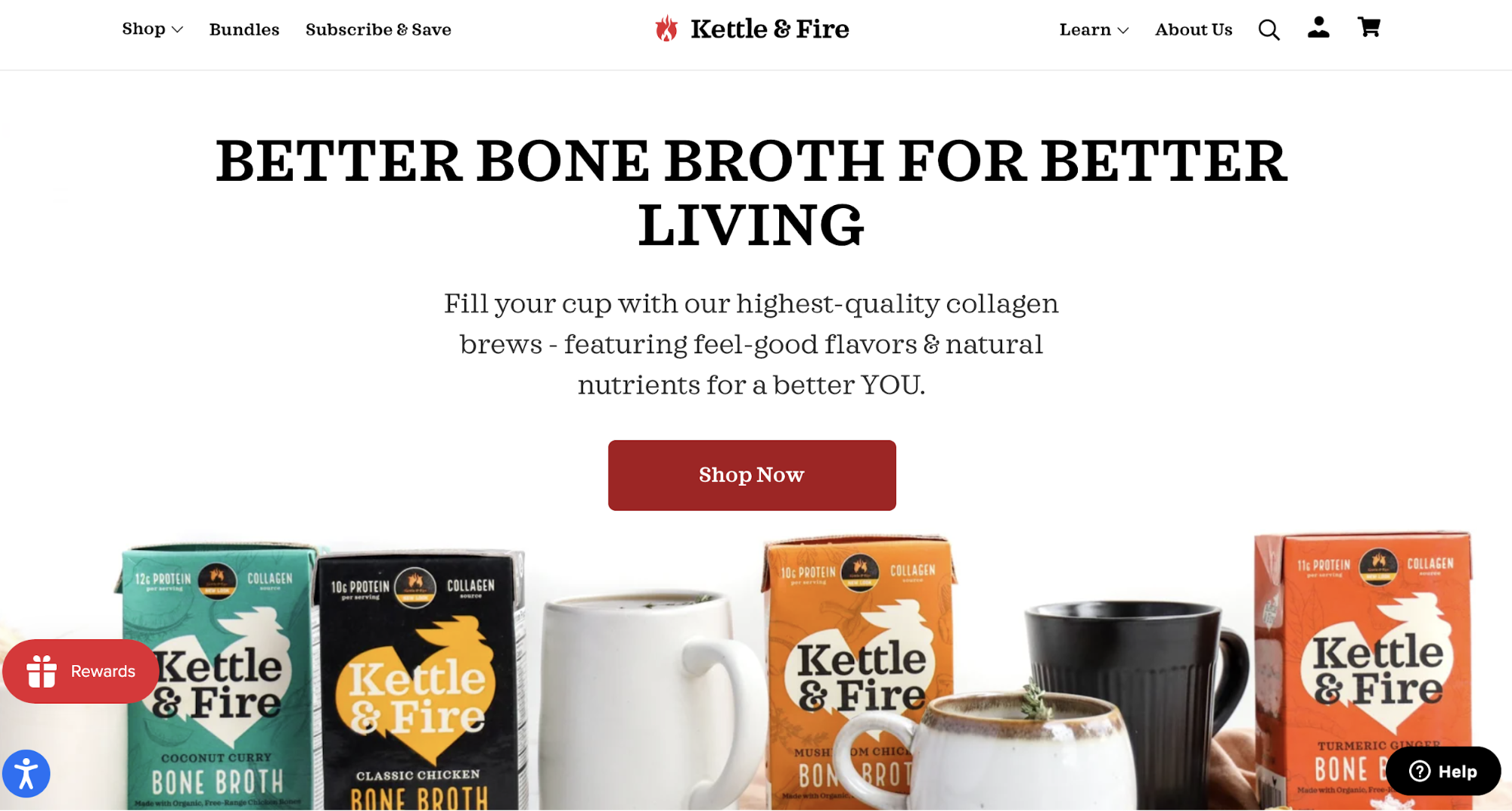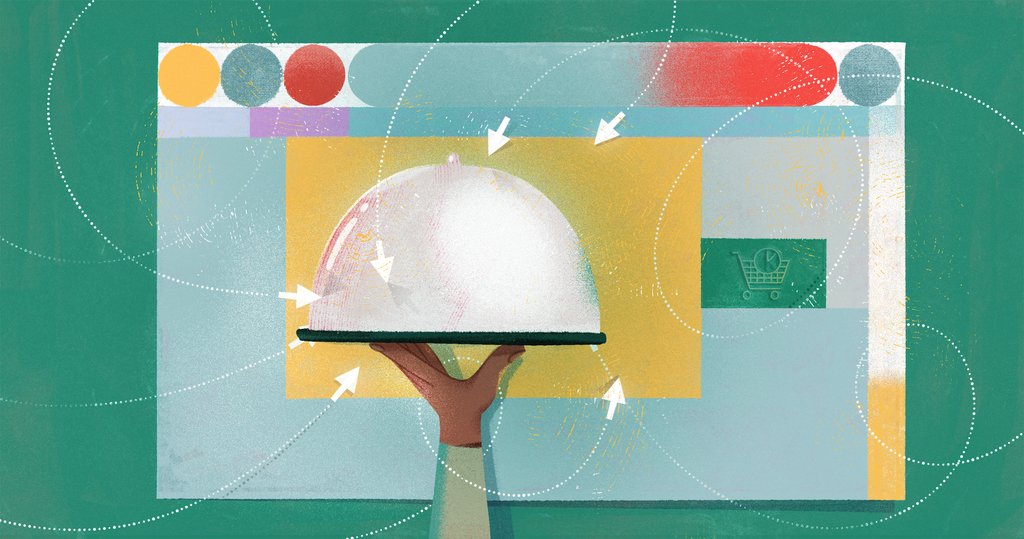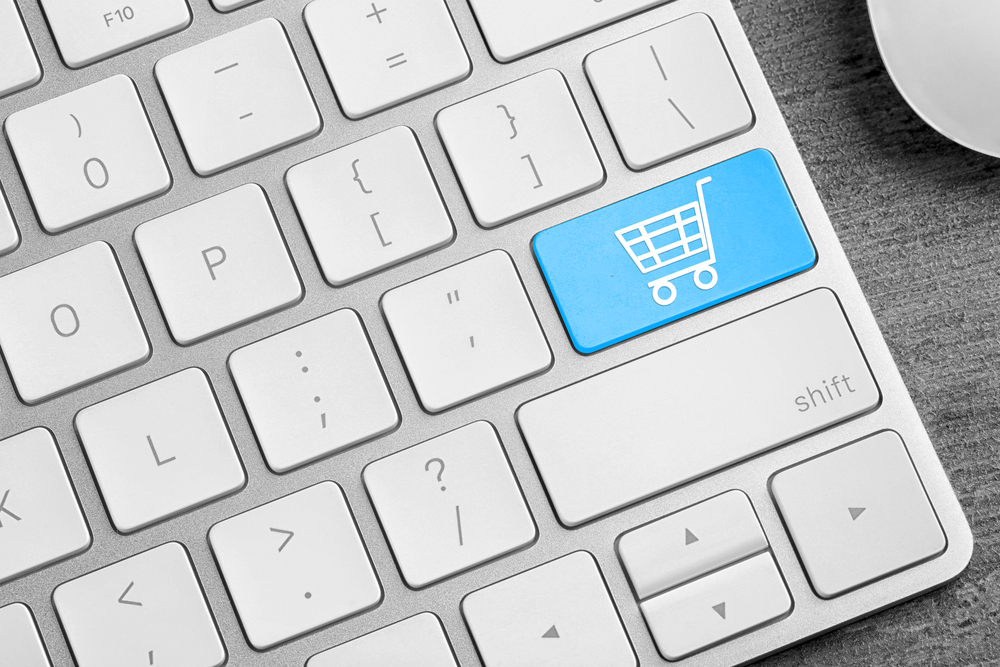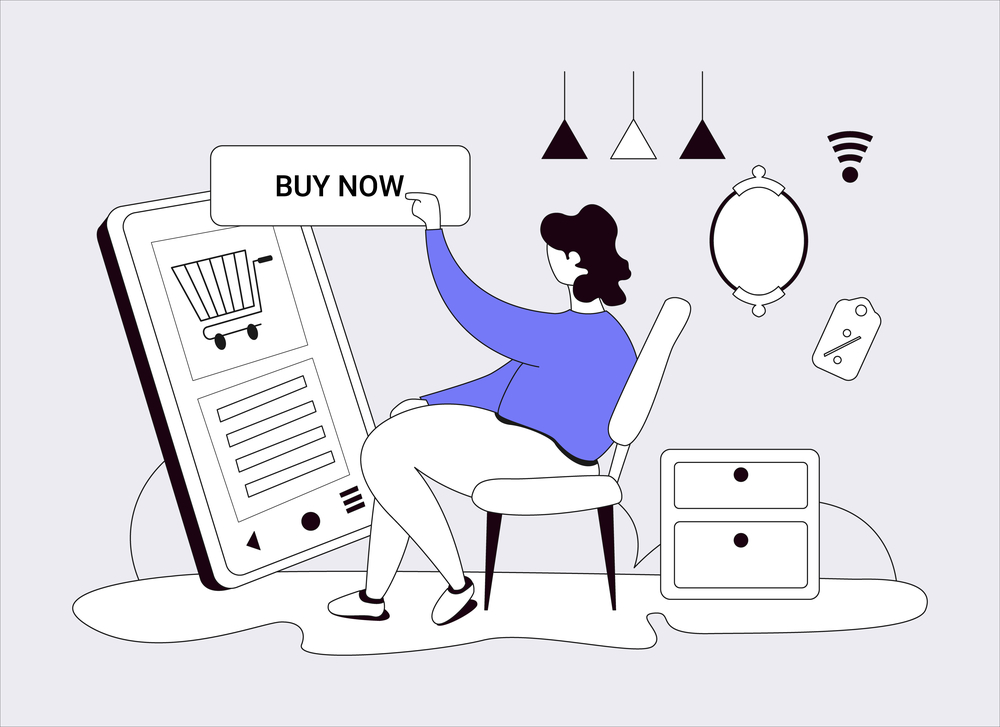Pre-orders have never been as versatile and effective for online businesses as they are today.
You can post a product image along with a short description in the morning and by the evening have hundreds of orders from across the world validating or even funding the launch of that product.
There are many compelling reasons to offer pre-orders, including their positive effects on cash flow, the flexibility they afford your product launches, and the risks they can offset.
There’s a lot to consider when selling pre-orders for a product, so let’s walk through the different types of pre-orders you can run, how to set up a pre-order, as well as how to make your pre-order campaign a success once it’s live.
- What is a pre-order?
- When and why would you offer pre-orders?
- Picking your pre-order method: Pay now vs. pay later vs. crowdfunding
- How do pre-orders work with Shopify?
- Strategies for running a successful pre-order campaign
- Validate your next product innovation with a pre-order
What is a pre-order?
A pre-order is an order placed for an item that hasn’t been released or is not currently in stock. They’re shipped to the customer once available. Pre-orders allow customers to order products before they are available.

But different situations call for different types of pre-orders. A startup that needs cash for its first manufacturing run will have different needs than an established brand looking to test, validate and capture demand for its next release. Listing an ambitious, first-run of a product probably requires more wiggle room than a variation of an old favorite.
Pre-orders can be used to great effect by a wide variety of companies, from startups to large corporations (e.g. Sony’s huge Playstation 5 pre-sale) to smaller boutique businesses.
Small, agile luxury brands are sidestepping fashion weeks and choosing to do it their way, adopting a pre-order model wherever possible. The goal: to get closer to the customer and eliminate overproduction.Kati Chitrakorn, Vogue Business
When and why would you offer pre-orders?
Selling physical goods can involve significant risk and capital. It’s very much the norm to invest thousands of dollars on product development and inventory that may or may not sell, all based on a gut feeling and anecdotal evidence. Capturing pre-orders upfront, before investing in production, can be an invaluable approach to product validation.
Running a physical goods business can also be messy and complicated:
- Products usually have several third-party suppliers that you need to coordinate with.
- Those suppliers then have to ship (often from overseas) their part of the product to you or your assembly partner.
- After this, the final units need to be packed into packaging (from, you guessed it, another supplier) all before the product is ready to send out.
And that’s ignoring all of the complicated design processes, potential sourcing issues and back-and-forth communication.
Time-consuming? Definitely. It’s a miracle when everything happens on schedule. It’s also expensive and, even with favourable terms, it often takes a minimum of 6 weeks from placing an order with your supplier to when the product is sitting in your warehouse, ready to sell and recoup the costs.
Offering pre-orders allows brands to start taking orders and receive money while the above process is still happening. As opposed to the standard “waterfall” approach, where one stage has to follow the other.
Another great use-case for pre-orders is the minimum viable product (or MVP). The concept of validating a product idea before committing to it is a staple of software, but less talked about in ecommerce. Physical products are trickier, however, mocking up new product images to test a product has never been easier. Pay later and crowdfunded pre-orders allow stores to list new designs and colour variants ahead of time, without having to commit to production unless the offering sells well enough to prove itself.
Kettle & Fire, a leading bone broth brand, took this approach to product validation. Founder Justin Mares was excited about the potential of bone broth as a product and intuited other people might be too. To validate the idea, he set up a landing page for his premium grass-fed bone broth and drove traffic to it. From the great reception from people, he knew he was onto something.
The great thing about Justin’s story is the low stakes of his experiment. If there was no interest, all he’d lose is the small amount of time and money it takes to set up a landing page. That said, we can do one better by actually capturing that interest in the form of pre-orders (via the crowdfunding or pay-later pre-orders I described above).

Picking your pre-order method: Pay now vs. pay later vs. crowdfunding
There are a few different categories of pre-orders that you can offer, each with its own ideal use cases:
- Pay now preorders. These are the most common type of pre-order. It’s essentially a standard purchase just with a longer shipping timeline.
- Pay later pre-orders. The customer places their order now with the intention to pay in the future. There’s an understanding that both the seller and the buyer can back out of this deal in the future as money hasn’t changed hands yet.
- Crowdfunding. Crowdfunding sites like Kickstarter allows brands to list pre-production products with a rough timeline for delivery (often months, not days), usually with the understanding that the customer will only be charged in the future if a certain number of pre-orders are made.
Disclaimer
Some countries forbid or restrict the purchase of a product without stock on hand for that specific product. If this is your situation, then ‘pay later’ pre-orders may be your only option. As always, do your own research to make sure you’re in compliance.
‘Pay now’ pre-orders
Using this method of pre-order, payment is processed straight away at checkout, just like a regular purchase. However, the ‘buy now’ button will instead say ‘pre-order’ and there will be additional information explaining the longer delivery time.
Pros:
- You get paid up front, which is great for cashflow.
- It can be used to capture customers for existing products that are out of stock but will be restocked by a certain date.
- Many pre-order apps can be set to automatically take pre-orders whenever a product goes out of stock.
- There is usually the option to display an additional piece of information (e.g. shipping date).
Cons:
- Regular orders are mixed in with pre-orders in the customer’s cart which can complicate shipping costs and create communication issues.
- Not as suitable for uncertain or longer lead times as customers have paid upfront. Any major supplier/shipping delays can negatively impact brand reputation and be customer service intensive.
‘Pay later’ pre-orders
Just like ‘pay now’ pre-orders, the ‘buy now button will be swapped for a ‘pre-order’ button. However with this method, pre-orders are kept in their own separate system until you are ready for payment to be collected. At this point, payment links are sent out to customers, allowing them to complete their order through your online store.
Pros:
- You can capture orders for upcoming products, as customers aren’t charged until you’re ready.
- Test new products/variants by listing a pre-order, then only charging customers and committing to production if you receive enough orders.
- Lets you charge customers when you choose, whether that’s before or after you order from your suppliers.
- All pre-orders are kept in their own system separate from all other orders until paid.
- Apps often include an email campaign for each product which can be used to communicate updates, delays, and send payment links.
- ‘Pay later’ pre-orders generally don’t cannibalize orders for your regular products. Customers often have a certain number in their head that they’re happy to spend, this kind of pre-order doesn’t eat into that mental budget, as the money isn’t leaving their account until the future.
Cons:
- Payment isn’t collected straight away.
- Not all pre-orders will convert when payment is finally requested.
- Out of stock products aren’t automatically listed as a pre-order.
Crowdfunding
Crowdfunding (popularized by Kickstarter) is based around the idea of a “crowd” of individuals funding a new product or project. This is in contrast to traditional bank, venture capital or angel investment.
This investment generally takes the form of pre-orders with an extended delivery time (often more than 6 months). This deal is presented via a campaign page explaining what the product is, why it matters, and why the investment is needed. The process is facilitated via a platform like Kickstarter, IndieGogo or your own store via a third-party Shopify app
Pros:
- A successful crowdfunding campaign validates a new company or product idea, as you can set a minimum sales target that the campaign needs to reach before you’re willing to fulfil orders.
- You receive money upfront, which can be used to fund production.
- Good for first product launches as the over 6 month fulfilment times for these campaigns are considered normal. Also, crowdfunding backers are often early adopters who are a bit more tolerant of small product issues and delays.
- Third-party crowdfunding platforms are often happy to promote you to their audience (especially if your product is particularly innovative or timely). My previous company launched on Kickstarter and we received more than 50% of our pledges from their email newsletter and organic search on the platform.
Cons:
- Not great for incremental product releases. Better suited to new ideas and companies.
- If using a third-party platform, there’s a lot of work involved in just running and setting up a great campaign page (for example, you often need a video and supporting visuals to show off the product).
- Crowdfunding platforms usually take around a 5% commission on top of transaction fees.
- Most of the bigger crowdfunding campaigns you’ve heard of reached their goals by paying to drive traffic to another company’s site (i.e. their campaign page on Kickstarter).
- Customers are mainly ‘early adopters’ who may not actually be your target audience.
If you’re interested in crowdfunding, you can check out Shopify’s roundup of the best crowdfunding sites for raising money.
How do pre-orders work with Shopify?
The easiest way to run a pre-order on Shopify is to install a Shopify app with the right features to power your campaign.
The crux of most pre-order apps is communicating that the product in question is a pre-order listing and will not be shipped until a later date. This is usually communicated by replacing the ‘buy’ button with a ‘pre-order’ button, often alongside some additional context on the product page.

Once the pre-orders have been captured, they’re either collected in Shopify’s order management system or your pre-order app’s dashboard, depending on whether the pre-order has passed through your checkout yet.
Most (but not all) pre-order app’s functionality is based around:
- Which product/variant will be a pre-order and under what conditions (eg. 0 stock, specific variant, time limit, etc.)
- The visual design of the button
- Conversion optimization features, (such as a countdown timer)
After installing the app from the Shopify App Store, you will then be able to access the app from the ‘apps’ section of the Shopify dashboard and start making listings. The app will react to your choices and interact with your store’s theme accordingly.
If you run into any issues, I recommend following the app developer’s step-by-step guide or reaching out to their customer service if you’re unsure and don’t have an in-house developer.
Pre-order apps for Shopify:
- Pre-order Now: Automatically swap “Add to cart” buttons with “pre-order” buttons for out-of-stock items, or just display a Pre-order button for coming-soon products. Includes extra features like badges, emails, tagging, mixed cart alerts and discounts.
- PreProduct: Full disclosure—This is my app. PreProduct is a ‘pay later’ pre-order app based around testing and making Sales for future products. Allowing brands to capture orders at any stage in the new product development process, then send out payment links when they’re ready. Features include customizable email campaign, pre-order analytics and management, as well as a customizable cart.
- Pre-order Manager: Works out of the box with no theme customization. You can manage your presale, automatically change your copy to hide “sold out” labels, and apply discounts for pre-ordered items.
- Crowdfunder: If you already have an established store, you can avoid the fees of third-party crowdfunding sites by raising money with the Crowdfunder app. Offer pre-orders while displaying your funding goal on the product page and your current supporter count.
Strategies for running a successful pre-order campaign
Once you have a pre-order app set up, it is relatively easy to start listing new pre-order products. The bulk of your time will actually be spent on the photography and copywriting involved in your product page.
You will probably have your own process for rolling out copy and visual assets, but here are a couple of tips for creating product imagery ahead of time:
- Use factory samples from your supplier for the photo shoot, that way you can complete your product shots ahead of stock arriving.
- Have similar products already shot and retouched? It could be a lot cheaper and efficient to pay a retoucher on a freelancing site to modify these existing photos than start the whole art-direction/shoot/retouch process again from scratch.
- There are also apps and services that will create products shots for you through digital rendering software. This can work well for commonly-cut fashion items.
- Sometimes suppliers will have high-quality photos of a similar product to yours that you can use as is or as a base for retouching a new product shot.
Marketing a pre-order product can work with all of the usual ecommerce channels you’re already using. However, I’ve seen some particularly good success with the following strategies.
Use viral loops and incentives
True virality is hard to create on-demand, but incentivizing customers to share your latest pre-order product is definitely possible. A common example is to offer a discount to anyone who shares your store link from their social media account. This is generally carried out through an additional third-party app.
Offering a limited-time discount that’s only available for pre-orders can be a great way to add urgency to a purchase.If you don’t want to discount your pre-order, but still want to encourage sharing, you can create exclusivity through a waiting list. Maybe your first batch is limited, but customers can share a link to your store to move up the waiting list and secure a spot.
Get creative with your incentives.
Kitri, a London based fashion brand has managed to achieve their sustainability goals whilst creating an incentive to purchase through pre-orders. Their site introduces the Kitri pre-order philosophy:
“We’re passionate about only producing in limited runs, but we know this means that a lot of you miss out on our most popular styles. Pre-order means we only produce what you buy, which reduces waste and is better for the planet! It also means that you can get your hands on sold-out styles.”

Pay to promote on social media
It’s probably no surprise that social advertising works well for pre-orders. You will most likely have some insight into which platform works well for your store, whether it’s Facebook, Instagram, Twitter, Snapchat or TikTok.
Here are some paid social media strategies to consider:
- Consider using a Facebook/Instagram ‘lookalike’ audience based on your current customer base, then trial 3 or 4 different pieces of creative of the pre-order in the ad. If you have a big enough list and the ability to segment by past purchase, you could target past customers who have bought a similar item in the past.
- Retarget people who visited your pre-order page but didn’t purchase. Potentially even offering a discount this time. Just remember to have a ‘cookies banner’ implemented in your store if you’re using tracking pixels in the EU.
- Creating a short video that can be shared over social media can be a powerful way of spreading the word about your product. Especially if the video/product is novel, interesting, or funny.

Tap into communities
Do you manage or are you part of an online community? Promoting your latest pre-order release to a community can be a great free marketing channel.
Facebook groups, forums and slack channels are all great ways of getting in touch with people that share a specific interest or outlook. What kind of person does this new pre-order product appeal to?
One of the main things to avoid is presenting as spammy or transactional. If you don’t already have a reputation in the community, remember people like buying from people; share anecdotes, reply to comments, show genuine interest and use it all as an opportunity to get closer to your target audience.
You can use SparkToro to research where your target customers hang out. The more specific to your brand and product, the better.
Early adopters love to be the first to get their hands on a new release, so consider playing into this by launching to a select group before going out to the rest of your audience.
Collaborate with influencers
A powerful way to drive traffic with a high intent to purchase is to partner with another brand or influencer on a limited edition collaboration. There are different influencer discovery platforms where you can find the person who is the best fit for your pre-order product.
Using ‘pay later’ pre-orders, you can run low risk experiments. For example, negotiate a deal with an influencer to release a partnership product if they can drive a certain number of pre-order customers to your store. If the target isn’t achieved, just email customers to let them know that you won’t be collecting payment. If it is, you’ve just found a new source of customers.
The influencer marketing industry has matured and a lot of influencers know their worth, which means prices have never been higher.
A cheaper but riskier approach is to mail pre-release product samples to a handful of specifically chosen people. You could include a handwritten note, mentioning why you thought of this influencer for this product. It’s probably better not to explicitly ask for anything in return, as this could come off as manipulative. If they like it enough, there’s a good chance they’ll post it on their feed anyway. You can reach out to them or their representative for their mailing address.
On the Shopify Masters podcast, Josh Snow, founder of SNOW teeth whitening talks about his success with activating micro-influencers among his customer base. These are simply customers with a small-but-engaged audience who are already excited about the product and incentivized to share it on social media for loyalty points or a commission.https://player.simplecast.com/2db2fc6e-e84b-49d9-a6bd-8be293c2dc88?dark=true
Validate your next product innovation with a pre-order
Having the ability to validate products, build hype and improve cash flow through pre-orders can be a great addition to your toolkit at whatever stage you are with your business.
Whether it’s crowdfunding for a startup, ‘pay later’ pre-orders for releasing new products, or ‘pay now’ pre-orders to replace that ‘out of stock’ banner that’s costing you sales, you can capture orders before you’re ready to ship.









